Malaysia is made up of two parts: Peninsular Malaysia on the mainland of the Asian continent; and East Malaysia in Borneo. Despite being separated by the South China Sea, Peninsular Malaysians and East Malaysians share some common traits.
There are some subtle differences including cultural nuances, language usage, and culinary preferences which set both lands apart. Even as travel destinations, there is a marked difference between Peninsular and East Malaysia.
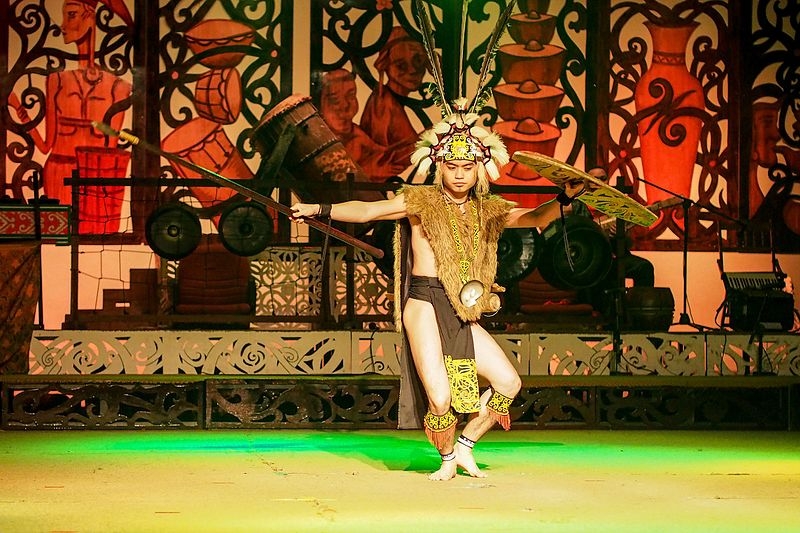
Image credit: John Ragai
While mainstream destinations in Peninsular Malaysia (like Penang and Kuala Lumpur) are all about metropolitan vibes and touristy attractions, East Malaysia offers rustic cultural experiences and significantly more untouched natural scenery. To better showcase this side of Malaysia, check out this 14D13N itinerary to help you see the best of Sarawak and Sabah!
Logistic considerations
There will be a fair amount of hiking and jungle trekking, so it’ll be a good idea to get your fitness in check for this itinerary. What’s more, East Malaysia as a whole is a lot bigger than Peninsular Malaysia, so do expect long bus rides. Finally, you should also look into visa and travel requirements for Brunei because you will be passing through immigration checks on your way to Sabah. But first up, Sarawak!
Sarawak is the largest state in Malaysia, with a landmass that almost equals the whole of Peninsular Malaysia! It is a cultural hub of deep-rooted heritage, home to many of Malaysia’s native tribes. Malaysia’s largest state is also home to a wide variety of natural wonders such as the ancient Mulu Caves and Bako National Park.
And while years of deforestation have somewhat thinned out the tropical rainforest area in Sarawak, the state remains a bastion of wildlife conservation efforts in the region. As you’ll soon find out, Sarawak is a sanctuary for many peculiar types of flora and fauna, some of which can only be found in Borneo. Well, I hope I’ve stoked your wanderlust because it’s about time we get started!
Kuching
Day 1: Gunung Gading National Park → Semenggoh Wildlife Rehabilitation Centre → Siniawan Night Market
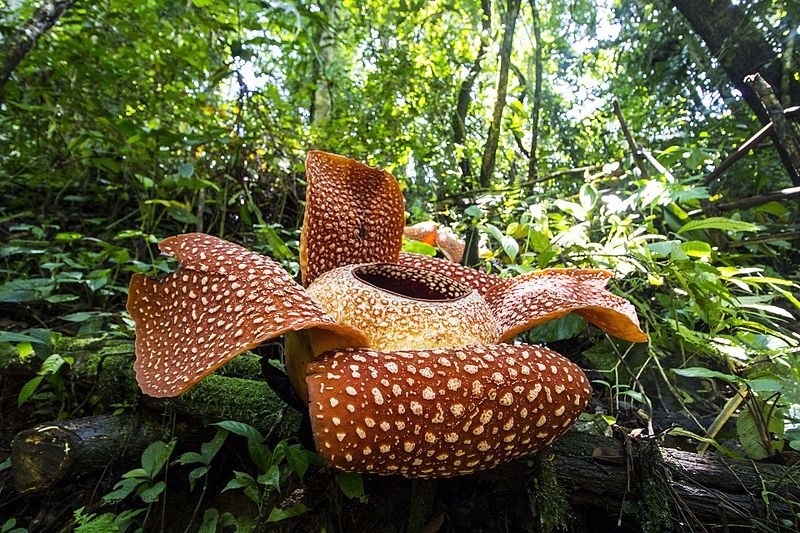
Image credit: SofianRafflesia
Welcome to Kuching, Sarawak, the gateway to East Malaysia! Head to Kuching Sentral Bus Station and hop on the express bus to Lundu. Once there, make your way to Gunung Gading National Park by cab.
Here, you’ll be able to see the world’s biggest flower: the Rafflesia. Taking up to nine months to bloom, they only last a few days. Witnessing these flowers would be an amazingly rare experience! You can also go for a leisurely trek along the waterfalls trail or embark on the Gunung Gading Summit Trail — which could take up to three hours to complete.
Stop by the town of Lundu for lunch before proceeding to your next destination.
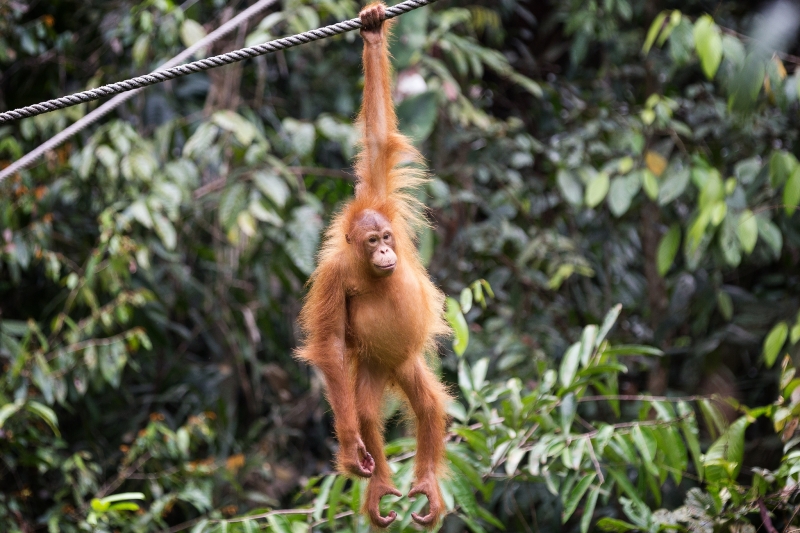
Image credit: Julie Edgley
The Semenggoh Nature Reserve is Sarawak’s leading centre for orangutan conservation. This is the best place to get up close and personal with wild orangutans, which is why psychologists frequent this place just to spend hours observing these splendid animals.
Learn about the problems facing these magnificent creatures and be inspired by the success stories of the centre in reintroducing rescued orangutans into the wild. Apart from that, you can also spot various flora and fauna and enjoy being serenaded by singing birds.

Image credit: Siniawan – The Old Town
Next, make a short trip to the sleepy old town of Siniawan to visit their ambient night market. Open only on weekends, the Siniawan Night Market is a great mixture of food, atmosphere, and heritage. Vendors operate out of wooden shophouses, peddling various wares and food under the atmospheric lights of Chinese lanterns.
Take your time to sample some delicious street food here namely the claypot braised lamb, BBQ chicken wings, and laksa Sarawak. If you ike belting out a few classics after dinner, there are RM1 (~S$0.30) karaoke sessions here too. Sing the night away before returning to Kuching for the night.
Day 2: Bako National Park → Sarawak Cultural Village → Santubong National Park → Kuching Waterfront → Sibu
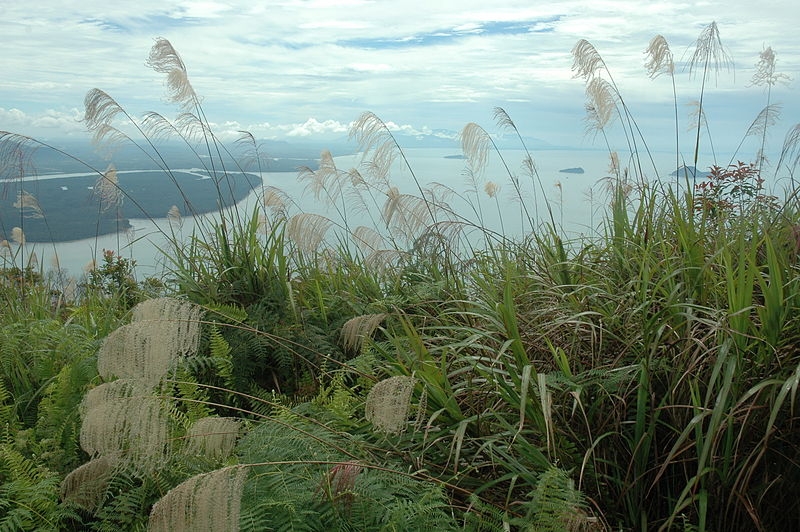
Image credit: en
Start your day early today and lace up your boots as you’ll be going hiking right to the summit of Mount Santubong. It’s not exactly a walk in the park but the view from the summit makes all the hard work worth it in the end.
On your way back through Santubong National Park, catch a glimpse of a wide variety of wildlife amidst the crisp morning air. If luck is on your side, you might see the endangered Irrawaddy dolphins while passing by the Santubong River mouth, on your way to the next destination.
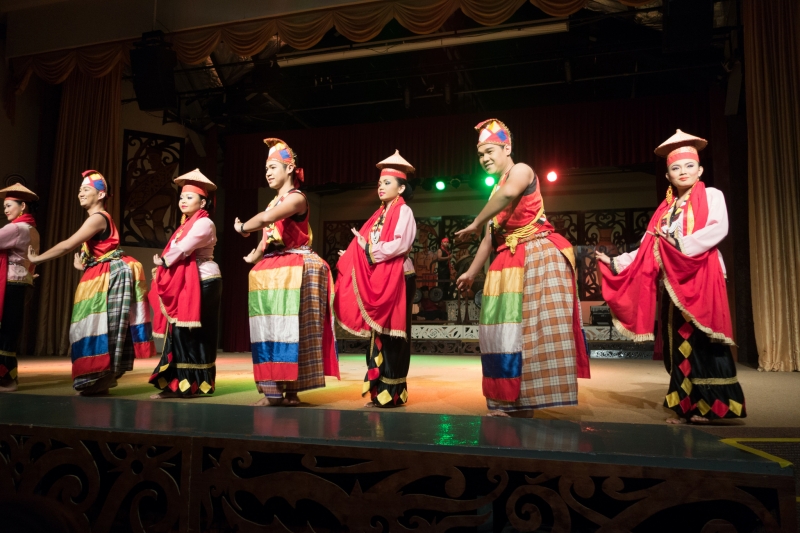
Image credit: Thomas Quine
The Sarawak Cultural Village is located in the Mount Santubong foothills. As the name suggests, the village is an ode to the cultural diversity of Sarawak. Most of the indigenous tribes of the state are represented here, their stories housed in unique traditional houses and narrated by aptly dressed guides.
Be mesmerised by traditional arts of cooking, hunting and craftsmanship and enjoy their award-winning cultural performances. For lunch, sample some of Sarawak’s authentic native flavours at the on-site Restaurant Budaya.
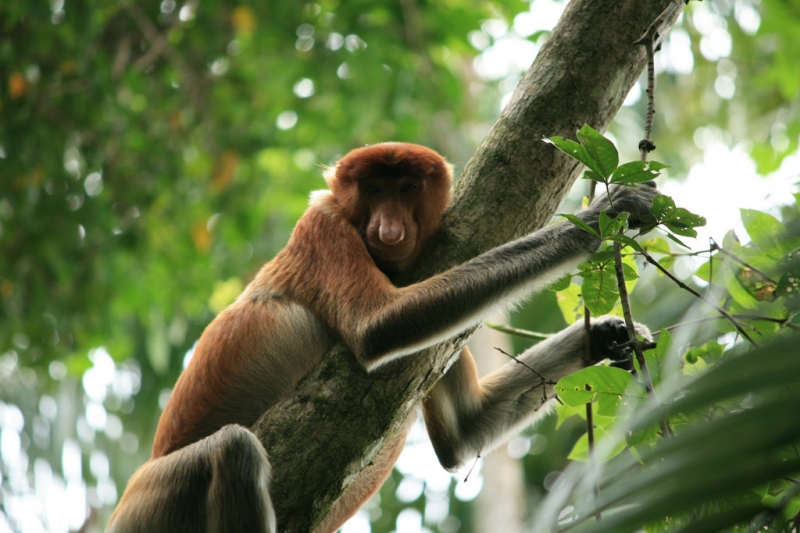
Image credit: Rubber Bullets
After lunch, catch a bus to Bako National Park. While it’s not the biggest national park in Sarawak, it certainly is the oldest. Impressively, this petite national park is full of alluring natural scenery ranging from mangrove swamps to pristine beaches.
What draws most tourists here, however, is the rare opportunity to spot the evasive proboscis monkey. You’ll recognise it by its hilarious nose and cute demeanour. Try not to feed the monkeys though. Remember, these are wild, untamed animals, so practise caution.
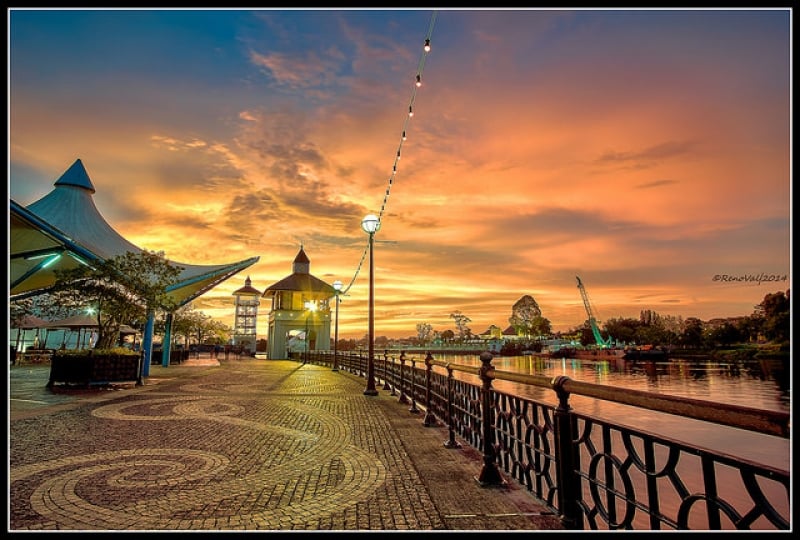
Image credit: Dustin Iskandar
When you’ve had enough of the uncanny resemblance of proboscis monkeys to unfavourable members of your family, return to Kuching. Have some time to explore the city and admire the sunset over the Sarawak river at the Kuching Waterfront, before setting off to The. Dyak for dinner.
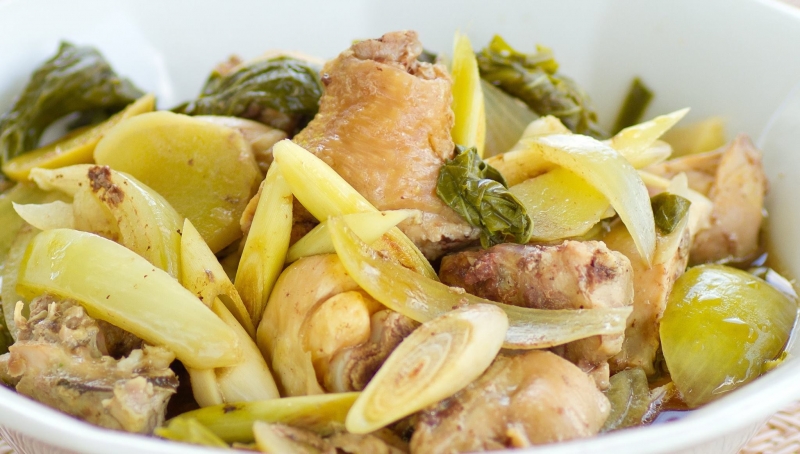
Image credit: the.Dyak
The. Dyak is a hugely popular restaurant in Kuching. Serving up authentic Dayak cuisine, the eatery has seen a steady influx of customers since it first opened its doors. Some of its must-try dishes include the Manuk Lulun (chicken cooked in bamboo) and the umai ikan (cold raw dory fish salad).
After dinner, bid farewell to the city and catch the 10pm. night bus to Sibu. It will be an eight to nine hour journey and you’ll arrive Sibu by approximately 7am.
Sibu
Day 3: Sibu Central Market → Sibu Heritage Centre → Tua Pek Kong Temple → Kuching Waterfront → Sibu
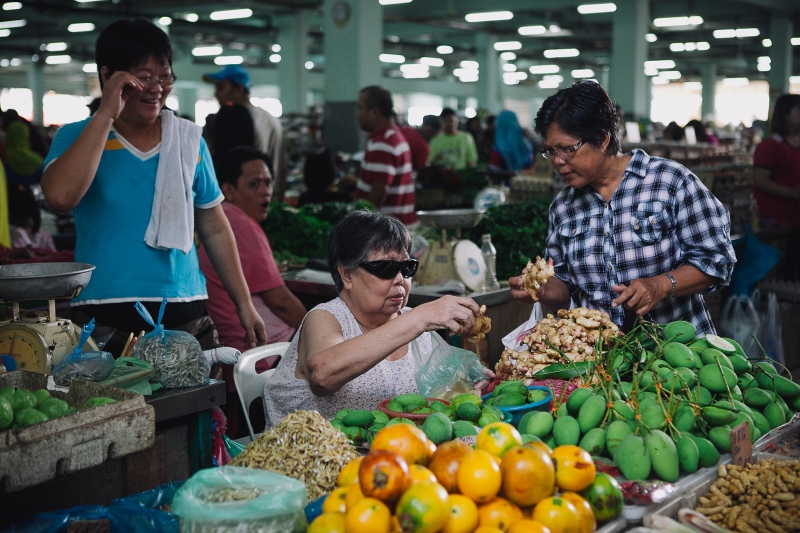
Image credit: Shahril Affandi
Time to clear your head after that arduous bus ride! Discover Malaysia’s biggest indoor market, the Sibu Central Market. First, treat yourself to a hearty breakfast on the upper level of the market. You will find yourself spoilt for choice by the large number of food stalls there.
On the ground floor, find all sorts of fresh produce, from organic vegetables to fresh poultry and even fruits from the jungles of Borneo. Don’t be afraid to ask the vendor what you’re holding if unsure, they’ll be happy to explain.
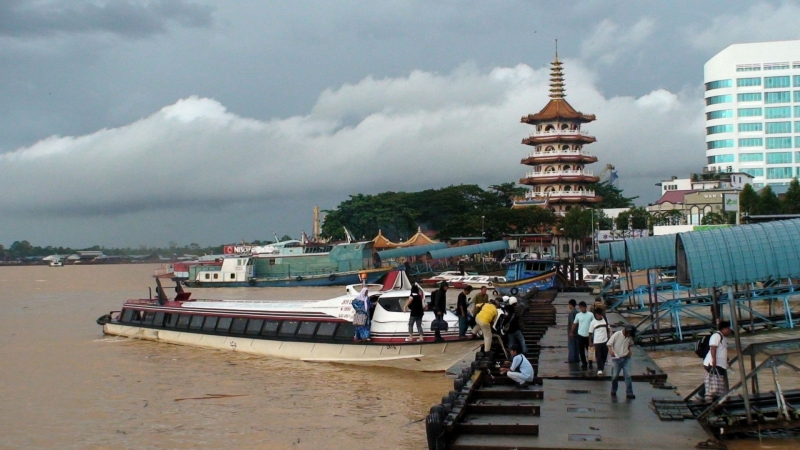
Image credit: spot_on
After exiting, walk to the back of the Sibu Central Market Complex. You will see a busy wharf and a slumbering town gradually waking up. Take in your new surroundings, noting the tall pagoda in the distance. Welcome to Sibu, the heartland of Malaysia’s Chinese Fu Chow Community.
First, head towards Wong Nai Siong Memorial Garden for a light morning walk. The park is a tribute to the first Chinese immigrants who arrived from Fu Chow in the early 20th century. Admire the soothing green scenery and breathe in the morning air.
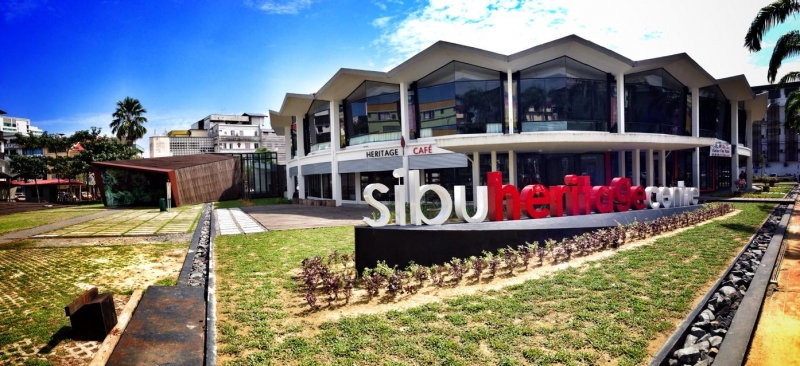
Image credit: Sibu Heritage Centre
After checking in, track back to the town centre of Sibu and visit the impressive Sibu Heritage Centre. Enjoy your free entry into the showcase of Sibu’s cultural history. Learn about the heritage of the town’s major ethnic groups and stop by the handicraft centre and souvenir shop to pick up some traditional souvenirs.
Next, make your way to Wang Seng Food Centre for lunch. What’s on the menu? Only the best kolo mee in all of Sibu! Or at least that’s what many locals seem to swear by. The fragrant, springy noodles are topped by a generous amount of minced meat and served with super spicy chili sauce.
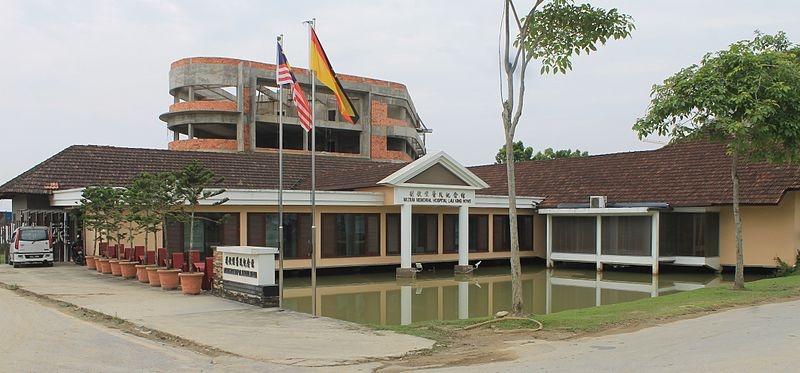
Image credit: Cerevisae
After lunch, visit the iconic Lau King Howe Hospital Memorial Museum. This museum is the only one of its kind in Malaysia. It takes you back to a time when medical facilities were not so advanced and hospitals were severely understaffed.
Go through the old photos hanging from the walls and try to imagine what life was like in a hospital back then. If you’re into photography, you can capture some hauntingly beautiful images in the now empty halls of the hospital.
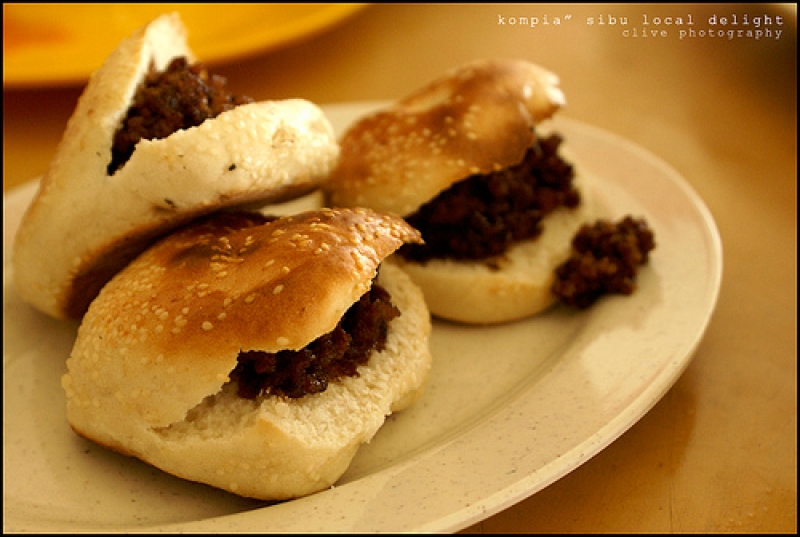
Image credit: Ikuwara
By 5 pm, the stalls at the Sibu Night Market are open for business. Since you’re in the heartland of Fu Chow in Malaysia, you must try some of the best local delicacies.
First up is kompia — a traditional baked bun topped with sesame seeds and occasionally filled with stewed pork. You should also try Kampua Mee which is similar to kolo mee but often cooked in pork lard rather than oil, giving it an aromatic flavour.
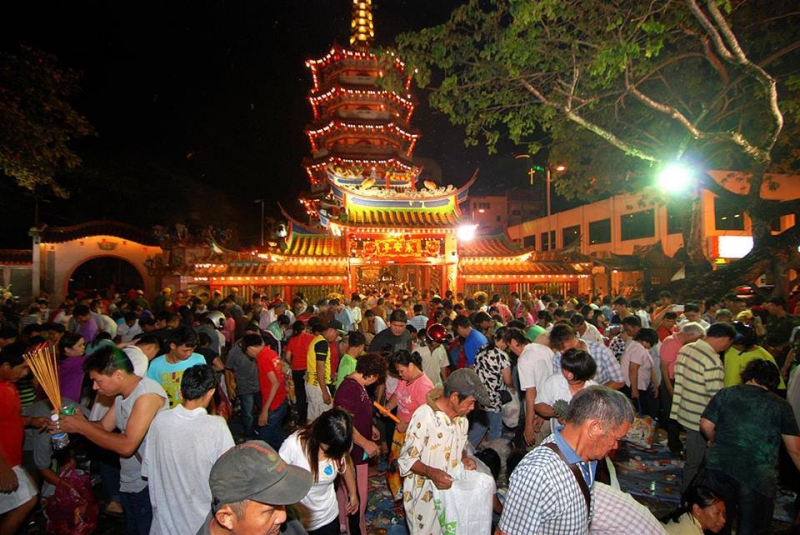
Image credit: Sibu Tua Peh Kong
End your night amidst the unique architecture of Sibu’s Tua Pek Kong Temple. The popular temple complex and its pagoda light up at night to paint a beautiful picture over the town. Devotees regularly visit to pray for good health and blessings and it is especially crowded during Chinese New Year.
Day 4: Jade Dragon Temple → Bintulu
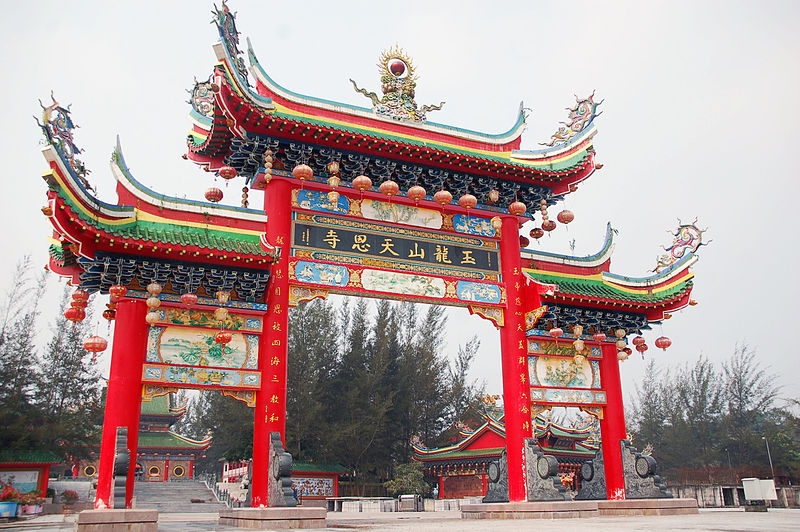
Image credit: wingsancora93
This morning, venture out of town to the Jade Dragon Temple Complex. It is the biggest temple complex in Malaysia and maybe even Southeast Asia as a whole. Practitioners of Buddhism, Taoism, and Confucianism often flock to the temple for prayers and blessings. Spend some time taking in the alluring architecture of the complex and its surrounding scenery. Bring your cameras!
Next, return to Sibu and explore the town a little bit. Check out the Sibu Gateway and its iconic Swan Statue before having an early lunch. After that, board a bus to your next destination: Bintulu.
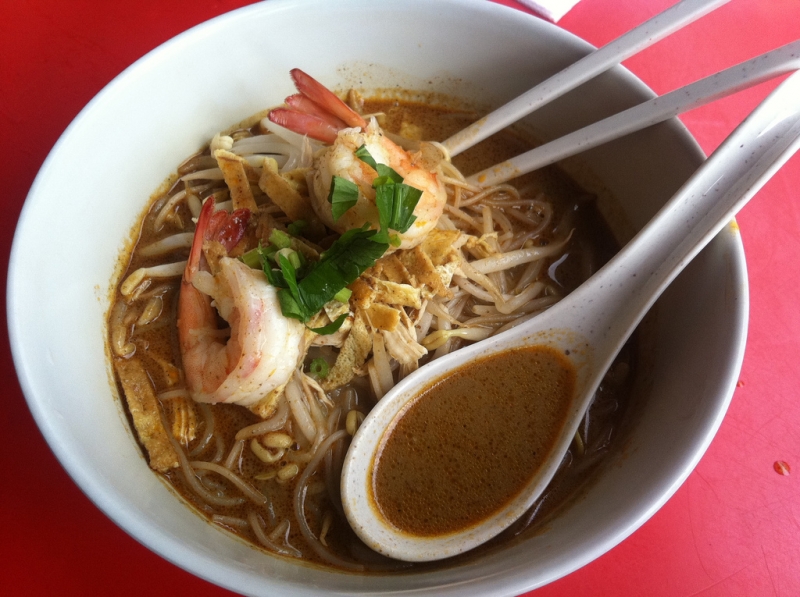
Image credit: Kai Hendry
Arrive in the coastal city of Bintulu just in time for a scenic sunset river cruise. Along the way, you’ll see some traditional wooden stilt houses and a few sandy beaches. If you’re really lucky, you might even spot some turtles on them!
Back in town, check into your hotel before proceeding to Wan Dzul Cafe for dinner. I highly recommend going for the Sarawak laksa here. The rich, savoury broth complements the springy noodles well and is often touted as the best laksa in town.
Next, make your way to Bintulu Town Square to explore the many lovely corners of this quiet portside town. For a stunning night river view, head to the Bintulu Waterfront Promenade. If you still feel like eating, Tanjung Batu Beach has many famous food stalls.
Bintulu
Day 5: Similajau National Park → Taman Tumbina Ecological Park → Miri → Canada Hill
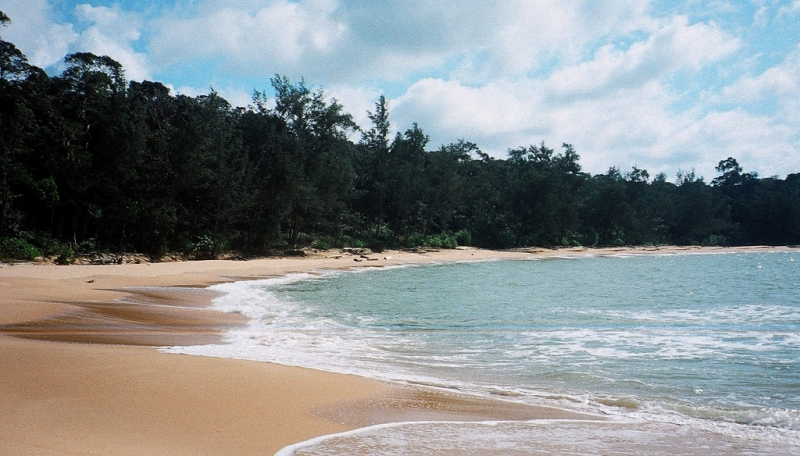
Image credit: Paul White
This morning, venture into Bintulu’s famous Similajau National Park. Home to diverse natural landscapes including mangrove forests, tropical jungles, and the pristine Golden Beach, Similajau is the ideal place for some scenic jungle trekking.
Choose from an abundance of nature trails, each leading you through unique scenery and picturesque landscape. While you’re here, try to spot the many species of flora and fauna at the park. Chance upon rare species at times such as the beautiful hornbill often found only on the island of Borneo.
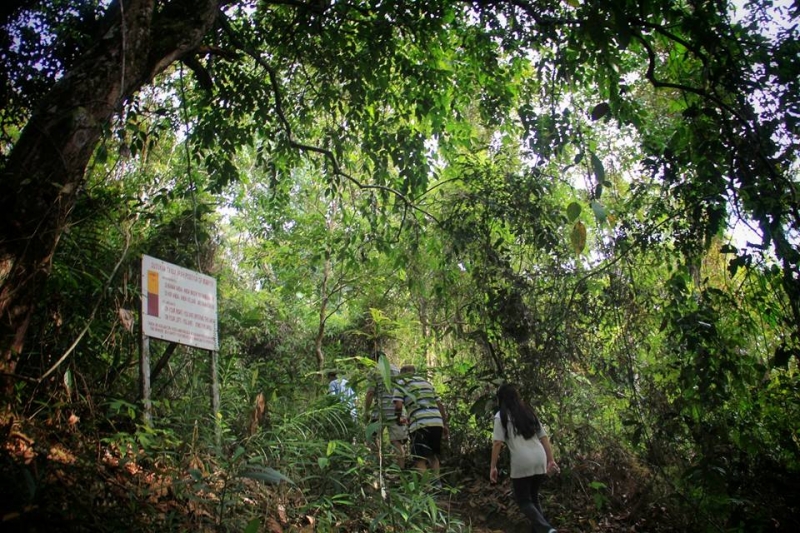
Image credit: Bintulu.org
Back in Bintulu town, visit Taman Tumbina Ecological Park after lunch. In short, the park is a part miniature zoo and part botanical garden. It houses some of Sarawak’s most precious native flora and fauna, including the biggest orchid collection in the region. You’ll also be able to see some animals such as deer and hornbills in the park.
Thereafter, it’s time to get back on the road and head to Miri, your last major stop in Sarawak.
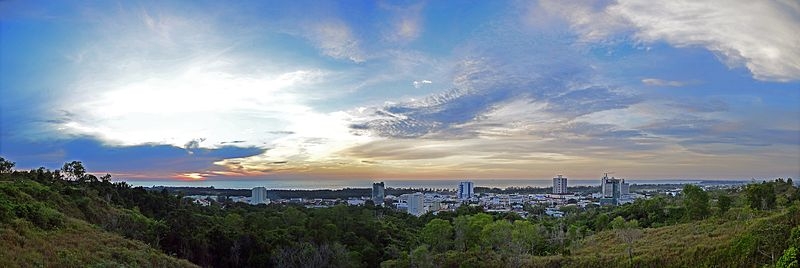
Image credit: BOK EH
About four hours, awake to find yourself in Miri! Make a beeline for Canada Hill where you will find the city’s first ever oil well (dubbed The Grand Old Lady). It is an important monument which shaped Miri (and Malaysia as a whole) into what it is today.
Enjoy the awesome panoramic views of Miri atop the hill and don’t miss out on the Petroleum Museum either. Depending on what time you arrive, you might either witness a beautiful sunset or a charming night view. Have dinner at Hazard Bistro before retiring for the night.
Miri
Day 6: Niah Caves → Miri-Sibuti Coral Reef National Park → Saberkas Night Market
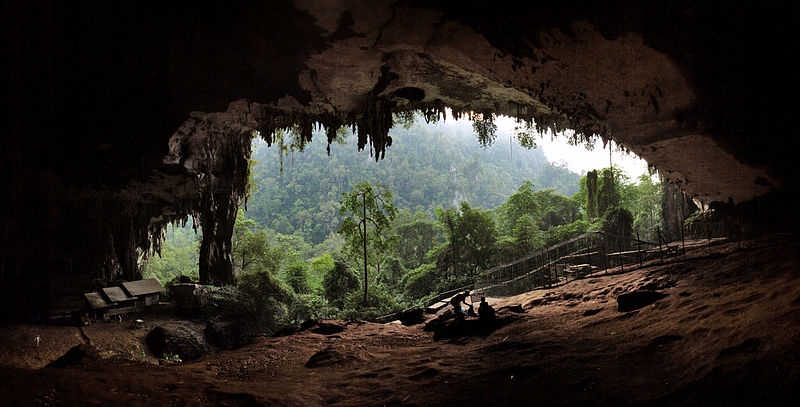
Image credit: StarlightChild
Your first stop today is the beautiful Niah Caves. Getting there is an adventure itself, involving boat rides, jungle trekking, and a whole lot of huffing and puffing. On the bright side, the view along the way is pretty nice.
Finally, you’ve arrived at the famed Niah Caves, the historical site of the earliest human settlements in Southeast Asia. The natural limestone cave system is truly a majestic sight to behold as you descend deeper into the cave depths. There, you can see ancient cave paintings and the burial site of our earliest ancestors.
Stop by the humble Min’s Cafe nearby for lunch. It offers a hearty selection of local rice and noodle dishes to fill your bellies.
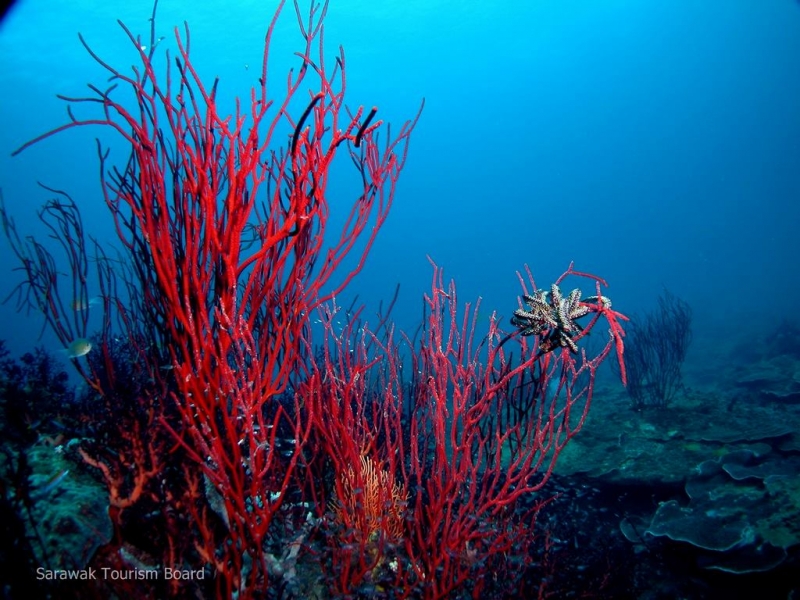
Image credit: Sarawak Travel, Malaysia, Borneo
After lunch, slowly make your way to Miri-Sibuti Coral Reef National Park. Oh yes, Miri has its own Great Barrier Reef!
But luckily, it’s this very obscurity which has enabled the coral reef colonies in the area to flourish and adorn the seabed with beautiful colours. Obviously, this is a brilliant location to go snorkeling and scuba-diving. Take your sweet time exploring this underwater utopia away from massive crowds.
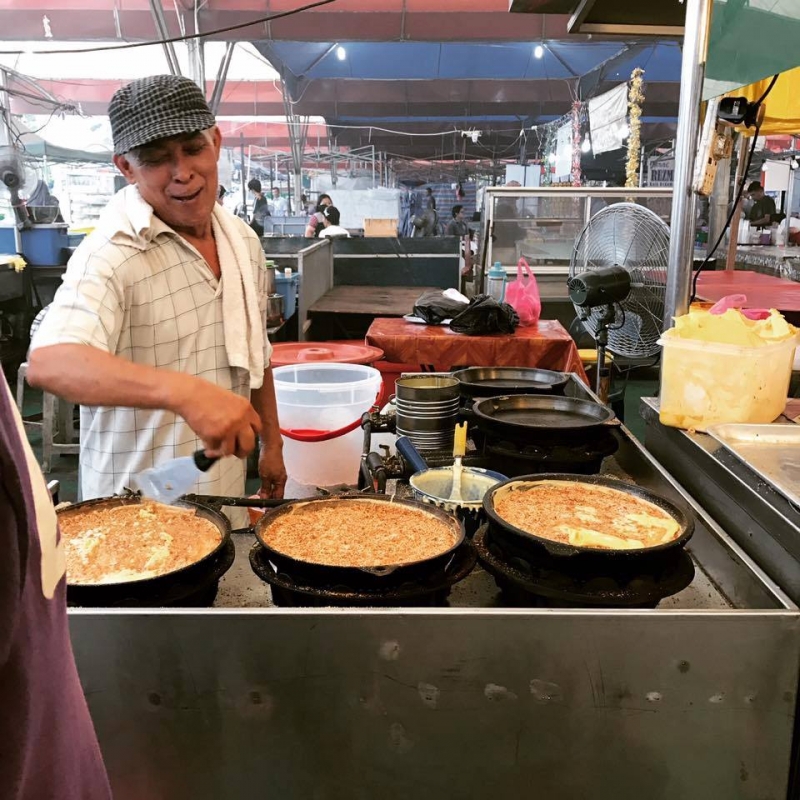
Image credit: Miri City Sharing Channel
Once out of the water, head back to the city centre to freshen up before hitting the Saberkas (Weekend) Night Market. Not only can you find a whole host of yummy street food, you’ll also find some interesting handicrafts and unique souvenirs to buy.
In fact, if you’re reading this after June 2018, rejoice because the Saberkas Night Market would have just finished getting a massive upgrade from the local council. You can now enjoy the market in a cleaner and more comfortable environment.
Anyway, when you feel the food coma setting in, it’s time to head back to the hotel.
Day 7: Mulu National Park → Miri Handicraft Centre → Kota Kinabalu, Sabah
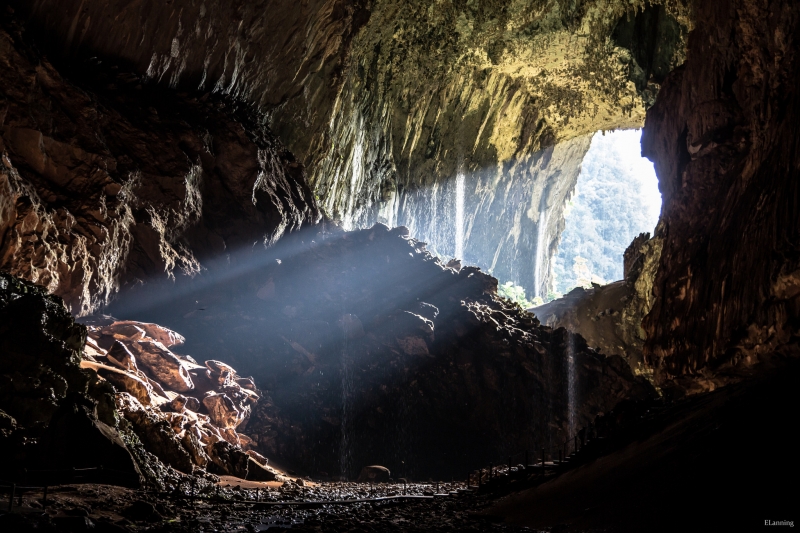
Image credit: Erik Lenning
Alas, your final day in Sarawak has arrived. Start the day by visiting the UNESCO-listed Mulu National Park. Without a doubt, the park is one of the most beautiful places you could visit in Malaysia.
Featuring enigmatic limestone caves and jaw dropping stalagmites, the Mulu Cave is the main attraction here. But outside of this mystical cave, Mulu National Park is a haven of Mother Nature’s handiwork, offering many fun activities. Go kayaking, or visit a native settlement, maybe even swim in the chilly waters of the park’s waterfalls. As a result, you could easily spend up to half a day here, maybe even more if time permitted.
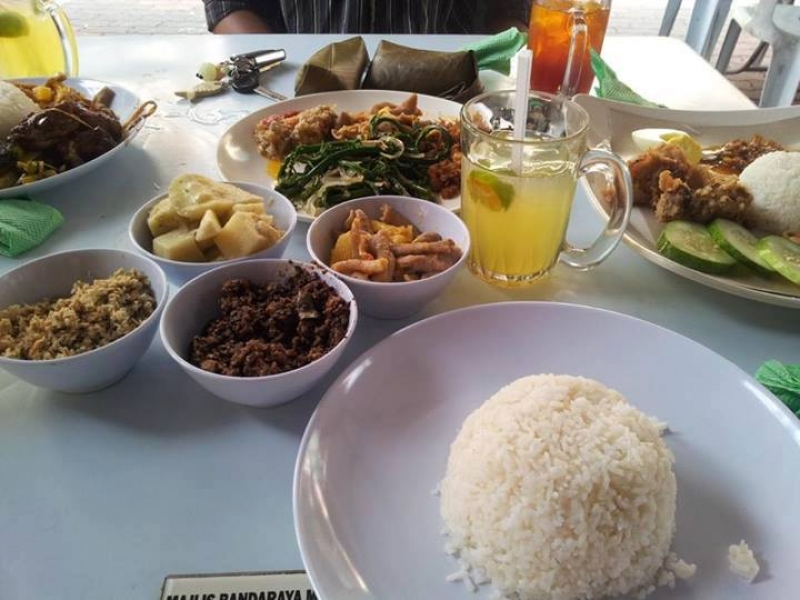
Image credit: Miri City Sharing Channel
Leaving the awe-inspiring Mulu National Park behind, head back into the city and go straight to The Summit Cafe. Here, customers get to savour the authentic culinary gems of Kelabit cuisine. The Kelabit are a native tribe of Dayak highland dwellers who cook using ingredients from the forest.
As more of the Kelabit migrate to urban areas, they bring with them their unique food culture. As a result, you can now get to try this special kind of jungle cuisine right in the heart of the city! Once lunch is over, visit the popular Miri Handicraft Centre.
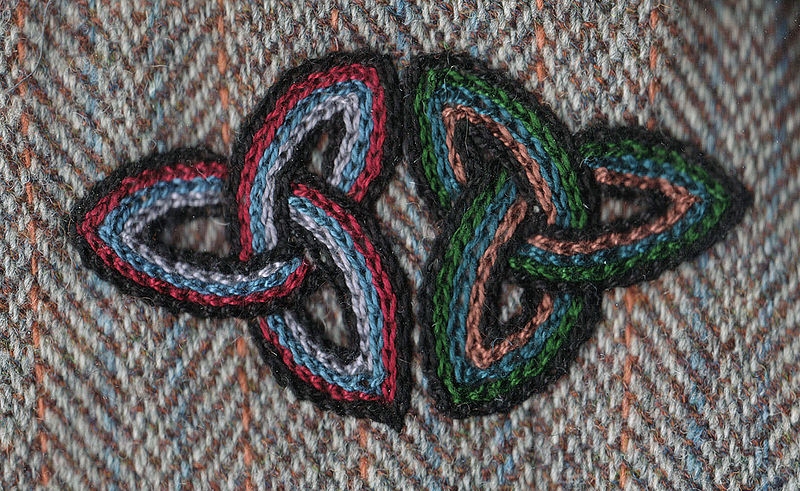
Image credit: PKM
Newly opened in 2018, the Miri Handicraft Centre is where you can pick up some top quality handcrafted souvenirs. It’s also a great way to learn about the ethnic arts of the area as you watch craftspeople produce beautiful works of art in the form of woven mats, embroidery and wood carvings.
Have the rest of the day to explore Miri. If you’re a fan of huge reptiles, the Miri Crocodile Farm is just a 30-minute drive away from the city centre. Alternatively, check out the Miri Waterfront for more stunning coastal views. After dinner, say goodbye to Sarawak and begin your journey to Kota Kinabalu in Sabah.
The journey by bus will take approximately eight hours and costs an average of RM90 (~S$30). Make sure that you have your passport with you because you will be passing through immigration in the Kingdom of Brunei. You could also fly to Kota Kinabalu, but the cost is significantly higher.
To be continued…




